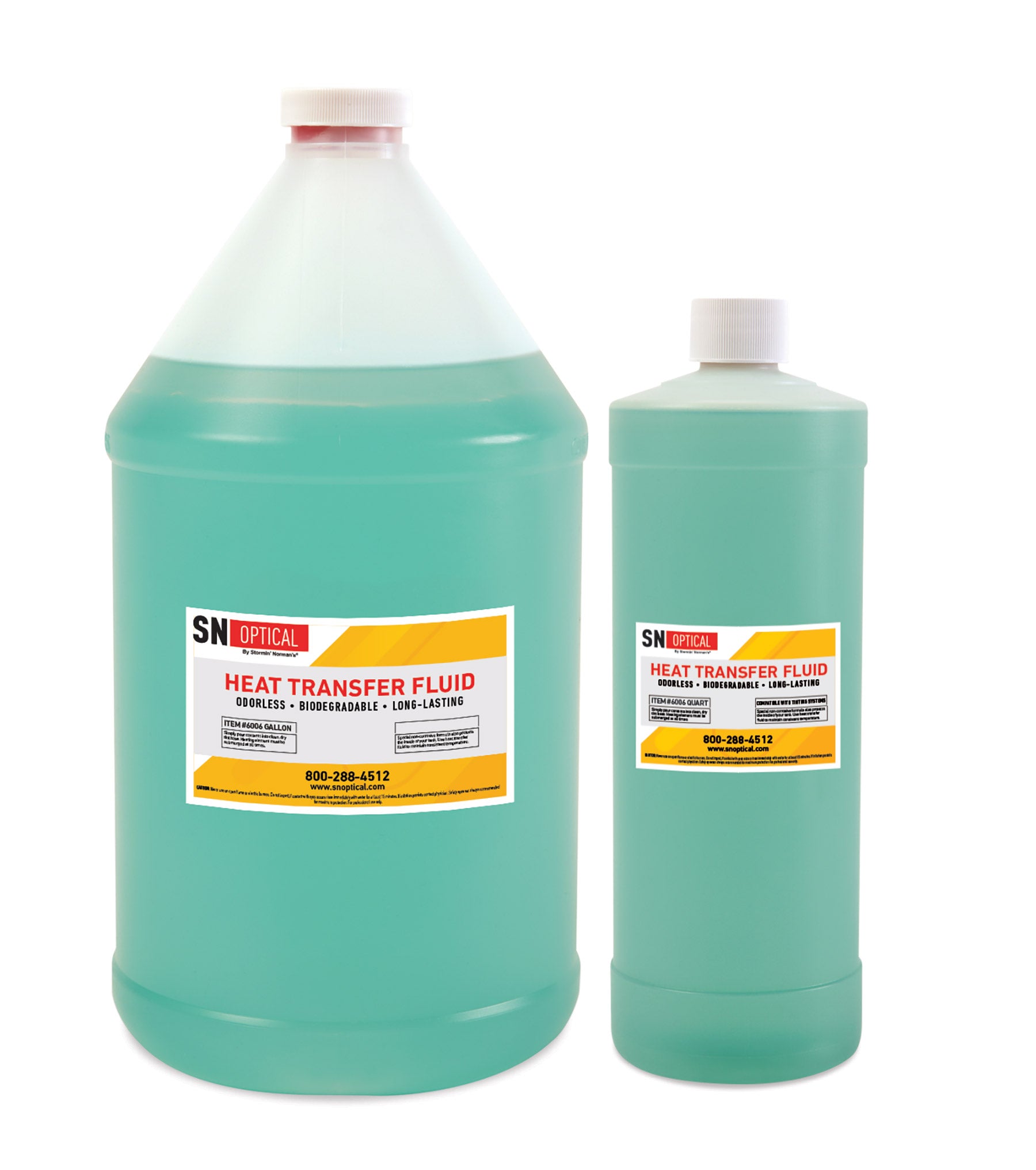The Function of Warmth Transfer Fluid in Enhancing System Performance and Safety And Security
In the ever-evolving landscape of commercial processes, warm transfer fluids (HTFs) emerge as crucial parts in maximizing both system efficiency and security. These specialized fluids, recognized for their remarkable thermal conductivity and controlled thickness, make it possible for efficient warm exchange, which is vital for streamlined operations.
Comprehending Warmth Transfer Liquids
Heat transfer liquids, commonly thought about the lifeline of thermal administration systems, play a critical duty in controling temperature throughout various commercial applications. These fluids are crucial in processes where warmth should be either absorbed or dissipated to preserve optimal operating problems. Industries such as chemical handling, power generation, and manufacturing count on warm transfer liquids to guarantee tools operates successfully and safely. By promoting the transfer of thermal energy, these liquids help in stopping getting too hot, therefore lengthening the life expectancy of equipment and reducing downtime.
The selection of a suitable warm transfer liquid is critical to the success of a thermal administration system. Recognizing the nature and feature of these fluids involves acknowledging their capacity to absorb, transport, and release warm power properly. Warmth transfer fluids can be broadly categorized into different kinds, consisting of water-based, glycol-based, and artificial oils, each with its specific applications and advantages. The choice of fluid depends upon aspects such as temperature level array, thermal security, and compatibility with system products. In recap, a comprehensive understanding of heat transfer fluids is important for optimizing system performance, guaranteeing operational safety, and achieving affordable thermal administration options.
Secret Residence of HTFs

The details warm ability of an HTF defines the quantity of warm power needed to transform its temperature, influencing exactly how successfully the system can react to temperature level variations. The boiling and freezing factors of HTFs also play an essential role, particularly in systems revealed to extreme temperature levels, ensuring liquid security and stopping stage changes throughout procedure. Additionally, the chemical stability of HTFs under differing thermal conditions is important to protect against degradation and prolong fluid life. Compatibility with system products is necessary to avoid rust and product degradation, guaranteeing long-lasting functional reliability. These properties collectively notify the option of a suitable HTF for specific commercial applications.
Enhancing System Performance
To boost system efficiency with warm transfer fluids (HTFs), it is essential to Recommended Site incorporate an extensive method that considers both liquid buildings and system layout. The choice of a suitable HTF is pivotal, as its thermal conductivity, thickness, and certain heat ability straight impact the efficiency of heat exchange.
Just as essential is the layout of the warmth transfer system itself. The surface location and product of warmth exchangers need to be maximized to make the most of warm transfer effectiveness.
Boosting Operational Security
Guaranteeing operational security in heat transfer systems requires a precise concentrate on both the homes of warm transfer fluids (HTFs) and the design and upkeep of the whole system. HTFs need to possess thermal stability, low flammability, and ideal thickness to lessen dangers such as leaks, fires, and system malfunctions. Picking the appropriate HTF is critical as it establishes the system's capability to deal with temperature variations without endangering security.
The design of the system should include redundancies and fail-safes to handle potential hazards successfully. This includes the integration of safety and security valves, pressure alleviation gadgets, and temperature level tracking systems to find and deal with abnormalities immediately. Regular maintenance is essential to make certain that all elements, including pumps, pipelines, and seals, are functioning appropriately and are complimentary from wear or corrosion, which can result in unsafe leakages or failures.
Moreover, personnel liable for the operation and upkeep of warm transfer systems have to be appropriately trained in safety and security procedures and emergency situation reaction treatments. Consistent training programs and safety and security drills can considerably lower the possibility of crashes, making sure a safer working setting. Ultimately, a detailed strategy to safety and security-- encompassing liquid option, system internet design, and workforce training-- is crucial for optimal functional protection.
Industry Applications of HTFs
Commonly made use of throughout various industries, warm transfer liquids (HTFs) play a vital function in boosting the efficiency and reliability of thermal administration systems. In the chemical sector, HTFs are integral for maintaining exact temperature levels throughout responses, ensuring product consistency and pop over to this web-site quality. They assist in warmth exchange procedures in activators, condensers, and warmth exchangers, thereby enhancing power usage and lessening waste.
In the oil and gas sector, HTFs are employed in both upstream and downstream operations. They handle temperature in boring operations and enhance effectiveness in refining procedures by supplying steady thermal conditions. This leads to decreased downtime and improved safety, particularly in crucial operations such as distillation and cracking.
The renewable resource sector also benefits significantly from HTFs, particularly in focused solar energy (CSP) plants. Below, HTFs transfer caught solar power to power turbines, making it possible for reliable power generation. The pharmaceutical sector counts on HTFs for exact temperature control in both synthesis and storage, guaranteeing product efficiency and safety and security.


In addition, the food and beverage sector utilizes HTFs for pasteurization, sanitation, and food preparation processes, boosting both product safety and manufacturing effectiveness. Across these markets, HTFs act as indispensable elements in maintaining optimum operational efficiency and security.
Conclusion
Warmth transfer fluids are crucial in enhancing industrial system performance and safety by supplying high thermal conductivity, optimal thickness, and thermal stability. Appropriate option and maintenance of HTFs improve heat exchange effectiveness, thereby improving functional effectiveness. The reduced flammability of these liquids is essential for minimizing risks and making sure safe operations. Comprehensive workers training and normal maintenance additionally sustain the reliability and effectiveness of commercial procedures, strengthening the vital duty of HTFs in varied applications.
Comments on “Top Considerations for Selecting the Right Heat Transfer Fluid for Your Needs”